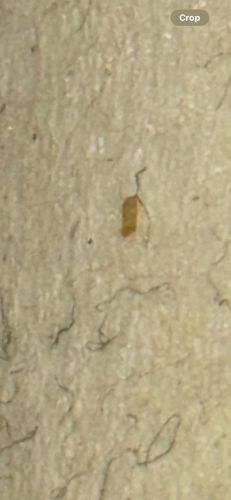Booklouse
Scientific Name: Liposcelis spp. (Psochoptera)
Order & Family: Psocoptera, Liposcelididae
Size: Minute, typically 1-2 mm in length.

Natural Habitat
Booklice typically inhabit damp, warm, and undisturbed environments. They are commonly found indoors in homes, libraries, and museums, thriving in areas with high humidity and mold growth. They can be found in books, papers, food storage areas, wall voids, and under wallpaper.
Diet & Feeding
Booklice feed on microscopic mold spores, fungi, starch, and other organic matter. This includes glues in book bindings, wallpaper paste, cereal products, and other stored food items.
Behavior Patterns
Booklice are wingless or have vestigial wings and are generally slow-moving. They are often found in large numbers, especially in new or recently renovated buildings where curing building materials can create damp conditions. They do not bite humans but are considered a nuisance pest. Their presence often indicates an underlying moisture problem.
Risks & Benefits
Potential risks include being a nuisance pest, contaminating stored food products, and damaging books, paper, and other starchy materials. They do not transmit diseases to humans. Benefits are negligible; their presence can serve as an indicator of high humidity and mold issues, prompting remediation efforts.
Identified on: 9/4/2025